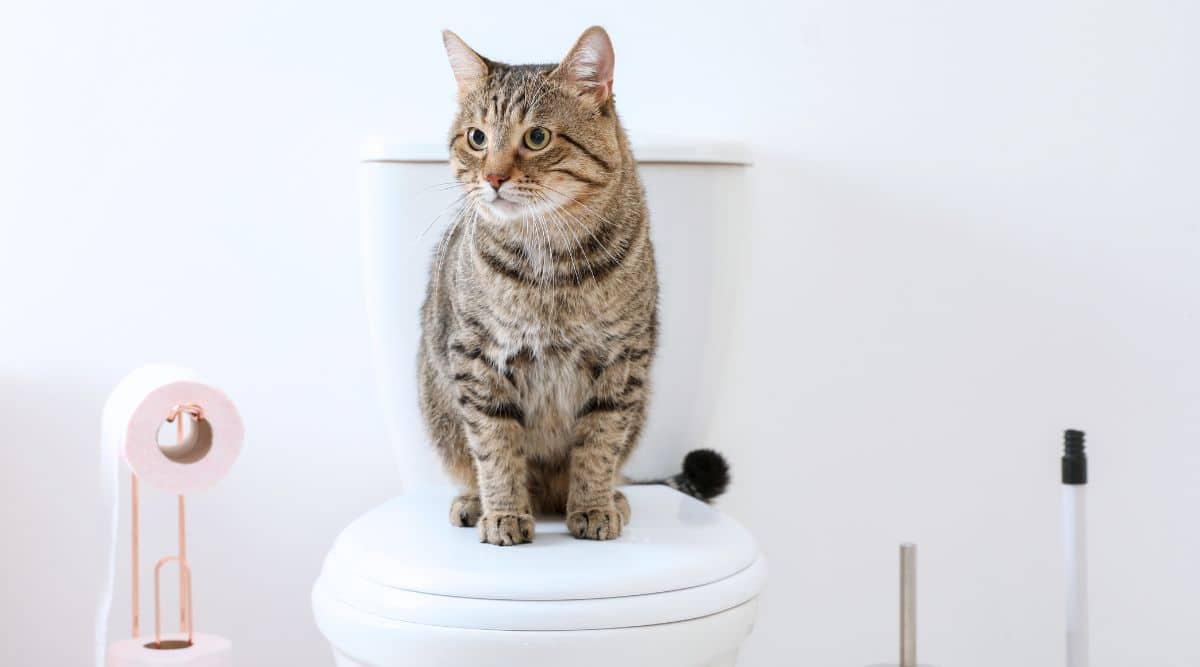Avoid Clogs and Damage: Never Flush Cat Poop Down Your Toilet - Professional Insights
Avoid Clogs and Damage: Never Flush Cat Poop Down Your Toilet - Professional Insights
Blog Article
The author is making a few great points relating to Can You Flush Cat Poop Down The Toilet? overall in this post beneath.
Introduction
As cat proprietors, it's essential to bear in mind how we deal with our feline close friends' waste. While it may appear convenient to purge pet cat poop down the commode, this technique can have destructive repercussions for both the setting and human health.
Alternatives to Flushing
The good news is, there are much safer and extra responsible means to get rid of cat poop. Take into consideration the adhering to options:
1. Scoop and Dispose in Trash
One of the most common method of taking care of pet cat poop is to scoop it right into a biodegradable bag and toss it in the trash. Make sure to make use of a specialized clutter scoop and dispose of the waste immediately.
2. Use Biodegradable Litter
Go with eco-friendly feline trash made from materials such as corn or wheat. These clutters are eco-friendly and can be safely gotten rid of in the garbage.
3. Hide in the Yard
If you have a backyard, consider burying pet cat waste in a designated location far from veggie gardens and water sources. Be sure to dig deep sufficient to avoid contamination of groundwater.
4. Mount a Pet Waste Disposal System
Purchase a family pet garbage disposal system especially created for pet cat waste. These systems make use of enzymes to break down the waste, minimizing odor and environmental effect.
Wellness Risks
Along with environmental problems, flushing cat waste can also present health dangers to people. Feline feces may contain Toxoplasma gondii, a parasite that can cause toxoplasmosis-- a possibly severe ailment, specifically for expecting ladies and individuals with weakened body immune systems.
Ecological Impact
Flushing cat poop presents hazardous pathogens and bloodsuckers into the supply of water, posing a substantial risk to aquatic ecological communities. These contaminants can adversely impact aquatic life and compromise water top quality.
Conclusion
Liable animal possession extends past providing food and shelter-- it likewise entails proper waste monitoring. By refraining from flushing feline poop down the commode and choosing alternate disposal approaches, we can minimize our environmental impact and protect human health.
Why Can’t I Flush Cat Poop?
It Spreads a Parasite
Cats are frequently infected with a parasite called toxoplasma gondii. The parasite causes an infection called toxoplasmosis. It is usually harmless to cats. The parasite only uses cat poop as a host for its eggs. Otherwise, the cat’s immune system usually keeps the infection at low enough levels to maintain its own health. But it does not stop the develop of eggs. These eggs are tiny and surprisingly tough. They may survive for a year before they begin to grow. But that’s the problem.
Our wastewater system is not designed to deal with toxoplasmosis eggs. Instead, most eggs will flush from your toilet into sewers and wastewater management plants. After the sewage is treated for many other harmful things in it, it is typically released into local rivers, lakes, or oceans. Here, the toxoplasmosis eggs can find new hosts, including starfish, crabs, otters, and many other wildlife. For many, this is a significant risk to their health. Toxoplasmosis can also end up infecting water sources that are important for agriculture, which means our deer, pigs, and sheep can get infected too.
Is There Risk to Humans?
There can be a risk to human life from flushing cat poop down the toilet. If you do so, the parasites from your cat’s poop can end up in shellfish, game animals, or livestock. If this meat is then served raw or undercooked, the people who eat it can get sick.
In fact, according to the CDC, 40 million people in the United States are infected with toxoplasma gondii. They get it from exposure to infected seafood, or from some kind of cat poop contamination, like drinking from a stream that is contaminated or touching anything that has come into contact with cat poop. That includes just cleaning a cat litter box.
Most people who get infected with these parasites will not develop any symptoms. However, for pregnant women or for those with compromised immune systems, the parasite can cause severe health problems.
How to Handle Cat Poop
The best way to handle cat poop is actually to clean the box more often. The eggs that the parasite sheds will not become active until one to five days after the cat poops. That means that if you clean daily, you’re much less likely to come into direct contact with infectious eggs.
That said, always dispose of cat poop in the garbage and not down the toilet. Wash your hands before and after you clean the litter box, and bring the bag of poop right outside to your garbage bins.
https://trenchlesssolutionsusa.com/why-cant-i-flush-cat-poop/

I was shown that write-up on How to Dispose of Cat Poop and Litter Without Plastic Bags through a friend on another website. For those who liked our blog entry kindly remember to pass it around. Thanks a bunch for your time. Please stop by our website back soon.
Visit Link Report this page